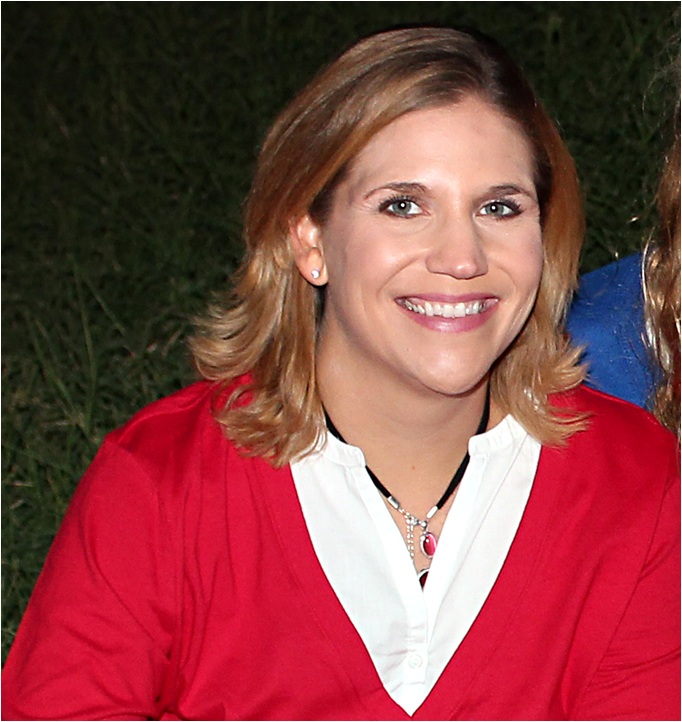This past week, was both eye-opening and frustrating. On Wednesday, we had a teacher from another school district come to our campus to show us how to conduct guided reading groups. This teacher has trained personally with Jan Richardson, who wrote the book The Next Step in Guided Reading, so I would consider her an expert on the subject.
My frustration came when I tried to video the session. I really wanted to have the session on video in order to place on this site, but also so that I could go back and view as I needed to. Unfortunately, she talked extremely quietly so the video is unusable. I was also a bit frustrated because I don't feel that I was able to get everything out of the training that the other teachers did. The training was held in my classroom and used my students. Therefore, I was trying to manage the children in addition to trying to watch and learn. Not only did I have to make sure the children were entertained, but I also had to leave at one point to take the children to the bus.
Despite all of this, I felt that the training was beneficial. There were a few things that the trainer did with one of the groups of students that I had been wanting to see. I have always taught in the upper grades where the children could already read, so I was interested to see some of the methods used for children who are still learning to read. For example, we were shown how to use "sound boxes" and the analogy chart. When you use sound boxes, you simply give the children a word and they write each letter in a box. Simple enough.
I really liked the analogy chart though, and think that it will be great for many of my children, not just my struggling readers. The analogy chart is just a t-chart graphic organizer. At the top of each column you write a word with a certain sound or spelling pattern. Then you give the students a word. They must choose which column the word belongs in based on which sound or spelling pattern the word is most like. For example, you may have the words "oil" and "snow" at the top of your two columns. Then the teacher may give the students the word "moist." "Moist" would go in the "oil" column because it follows the "oi" spelling pattern.
Even though I wasn't able to video the training, I was really pleased with what I got out of the training. I think that I learned a few new good strategies that I can employ with my students
My frustration came when I tried to video the session. I really wanted to have the session on video in order to place on this site, but also so that I could go back and view as I needed to. Unfortunately, she talked extremely quietly so the video is unusable. I was also a bit frustrated because I don't feel that I was able to get everything out of the training that the other teachers did. The training was held in my classroom and used my students. Therefore, I was trying to manage the children in addition to trying to watch and learn. Not only did I have to make sure the children were entertained, but I also had to leave at one point to take the children to the bus.
Despite all of this, I felt that the training was beneficial. There were a few things that the trainer did with one of the groups of students that I had been wanting to see. I have always taught in the upper grades where the children could already read, so I was interested to see some of the methods used for children who are still learning to read. For example, we were shown how to use "sound boxes" and the analogy chart. When you use sound boxes, you simply give the children a word and they write each letter in a box. Simple enough.
I really liked the analogy chart though, and think that it will be great for many of my children, not just my struggling readers. The analogy chart is just a t-chart graphic organizer. At the top of each column you write a word with a certain sound or spelling pattern. Then you give the students a word. They must choose which column the word belongs in based on which sound or spelling pattern the word is most like. For example, you may have the words "oil" and "snow" at the top of your two columns. Then the teacher may give the students the word "moist." "Moist" would go in the "oil" column because it follows the "oi" spelling pattern.
Even though I wasn't able to video the training, I was really pleased with what I got out of the training. I think that I learned a few new good strategies that I can employ with my students

 RSS Feed
RSS Feed